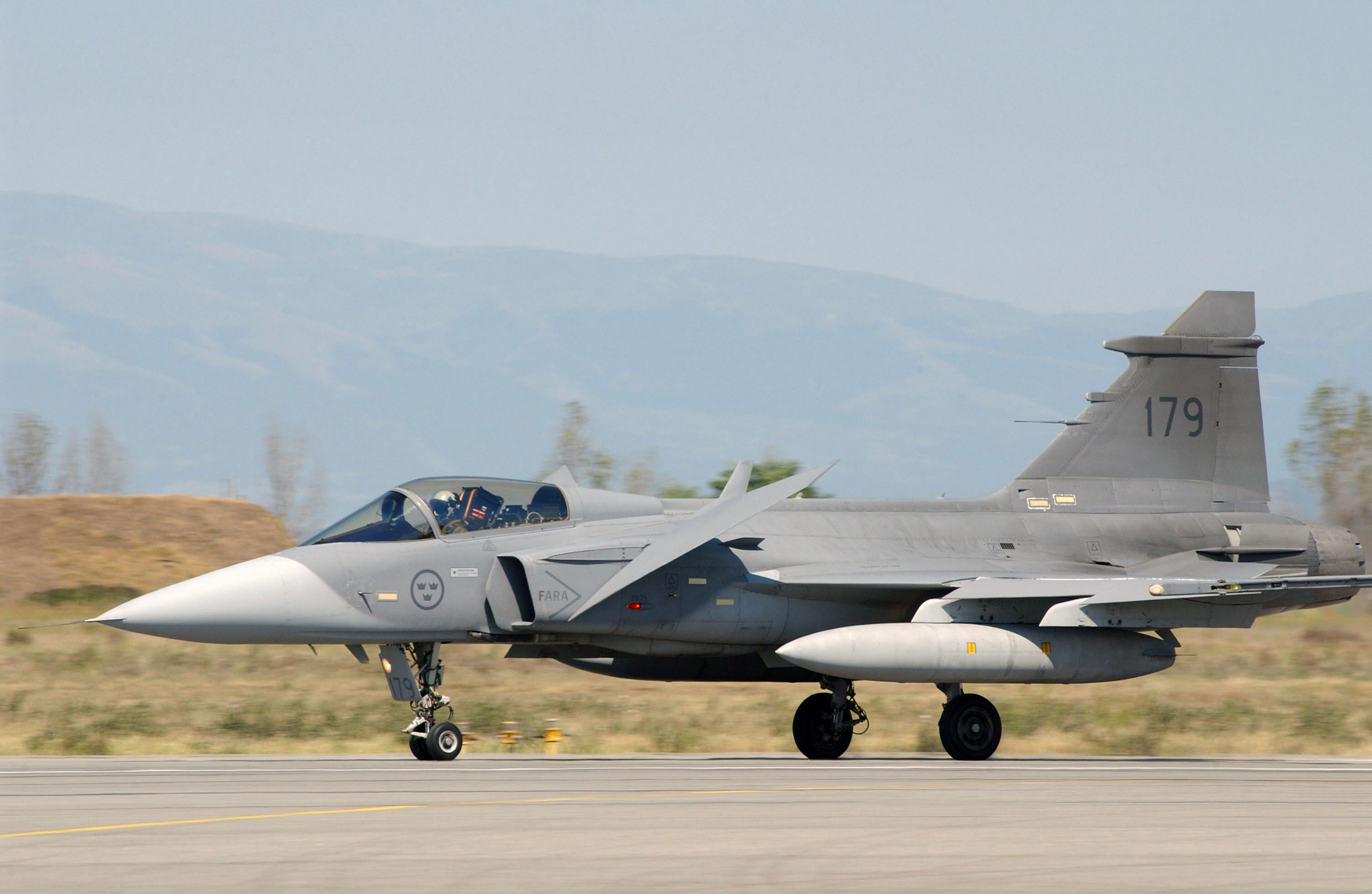|
Personnel Detection Device
The Personnel Detection Device (PDD), produced by Saab, is a type of vest which the soldier wears during exercise. The vest contains detectors that record hits and misses from laser operated weapons. Detectors can also be placed on the soldiers’ helmets. When soldiers participate in military exercises their actions can be recorded. This is done with the help of sensors and various software programs. However, the soldier needs to be connected to this system somehow. This is what the Personnel Detection Device (PDD) does. When the enemy fires at the soldier wearing the PDD, the PDD laser detectors register whether the shot would have been a hit or not. This information is then presented on a computer screen that the supervisor of the exercise can read. This enables a more realistic training for soldiers. This is important and the point of simulated training. The system also enables the exercise to be accompanied by audio effects, for example the sound of a bullet swooshing by. Th ... [...More Info...] [...Related Items...] OR: [Wikipedia] [Google] [Baidu] |
Saab Group
Saab AB (originally , later just SAAB and Saab Group) is a Swedish aerospace and defence company, founded in 1937. Headquartered in Stockholm, the development and the manufacturing is undertaken in Linköping. Saab produced automobiles from 1947 until 1990 when the automobile division was spun off as Saab Automobile, a joint venture with General Motors. The joint venture ended in 2000 when GM took complete ownership. From 1968 onwards the company was in a merger with commercial vehicle manufacturer Scania-Vabis, known as Saab-Scania. The two were de-merged in 1995 by the new owners, Investor AB. Despite the demerger, both Saab and Scania share the right to use the griffin logo, which originates from the coat of arms of the Swedish region of Scania. History "Svenska Aeroplan AktieBolag" (Swedish for "Swedish Aeroplane Company Limited") (SAAB) was founded in 1937 in Trollhättan, with the merger of Svenska Aero AB (SAAB) and Linköping based ASJA the headquarters moved to Linkö ... [...More Info...] [...Related Items...] OR: [Wikipedia] [Google] [Baidu] |
Soldier
A soldier is a person who is a member of an army. A soldier can be a conscripted or volunteer enlisted person, a non-commissioned officer, or an officer. Etymology The word ''soldier'' derives from the Middle English word , from Old French or , meaning mercenary, from , meaning shilling's worth or wage, from or , shilling. The word is also related to the Medieval Latin , meaning soldier (literally, "one having pay"). These words ultimately derive from the Late Latin word , referring to an Ancient Roman coin used in the Byzantine Empire. Occupational designations In most armies use of the word "soldier" has taken on a more general meaning due to the increasing specialization of military occupations that require different areas of knowledge and skill-sets. As a result, "soldiers" are referred to by names or ranks which reflect an individual's military occupation specialty arm, service, or branch of military employment, their type of unit, or operational employment or technic ... [...More Info...] [...Related Items...] OR: [Wikipedia] [Google] [Baidu] |
Military Simulation
Military simulations, also known informally as war games, are simulations in which theories of warfare can be tested and refined without the need for actual hostilities. Military simulations are seen as a useful way to develop tactical, strategical and doctrinal solutions, but critics argue that the conclusions drawn from such models are inherently flawed, due to the approximate nature of the models used. Many professional analysts object to the term ''wargames'' as this is generally taken to be referring to the civilian hobby, thus the preference for the term ''simulation''. Simulations exist in many different forms, with varying degrees of realism. In recent times, the scope of simulations has widened to include not only military but also political and social factors, which are seen as inextricably entwined in a realistic warfare model. Whilst many governments make use of simulation, both individually and collaboratively, little is known about it outside professional circles. ... [...More Info...] [...Related Items...] OR: [Wikipedia] [Google] [Baidu] |

